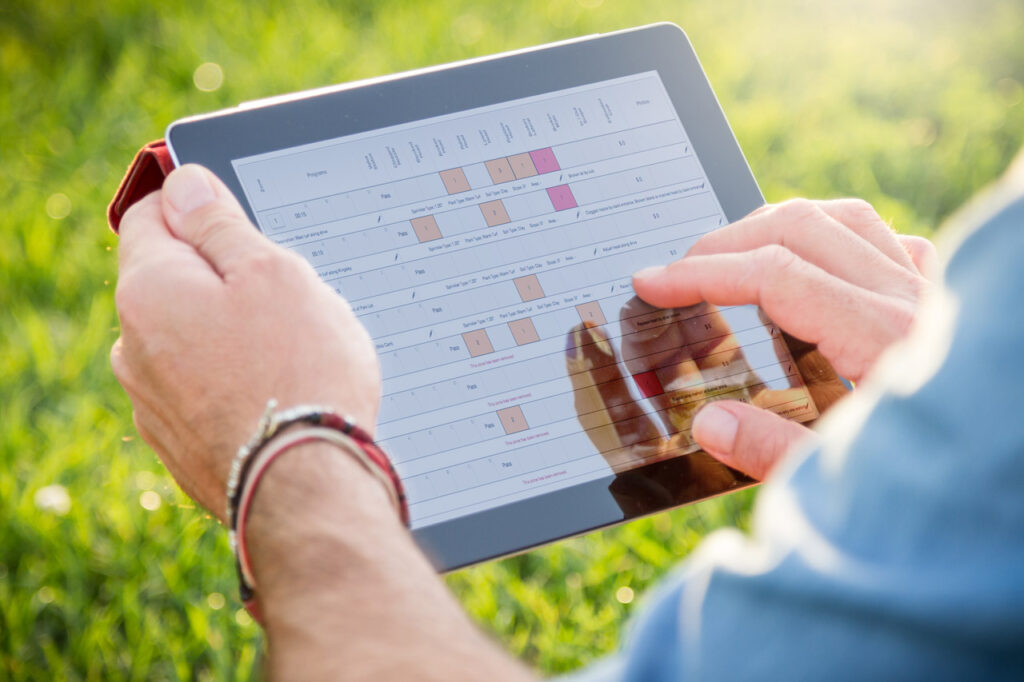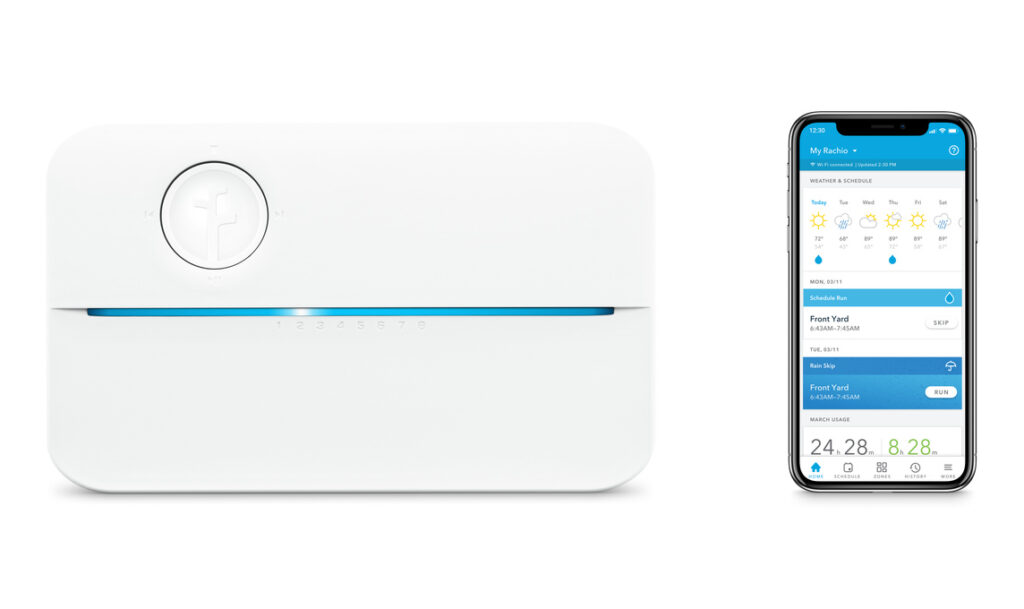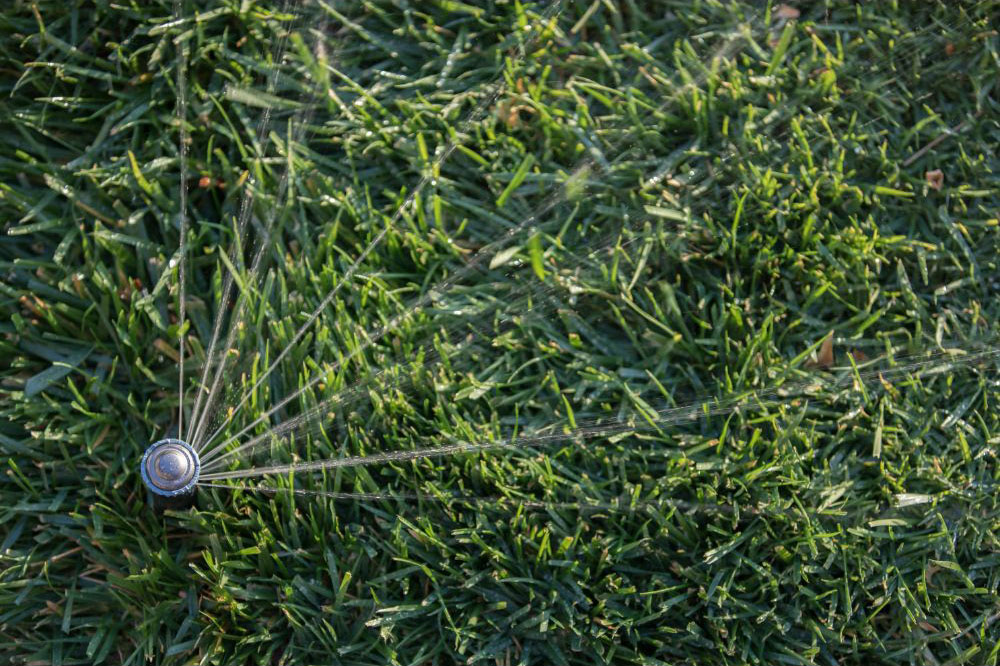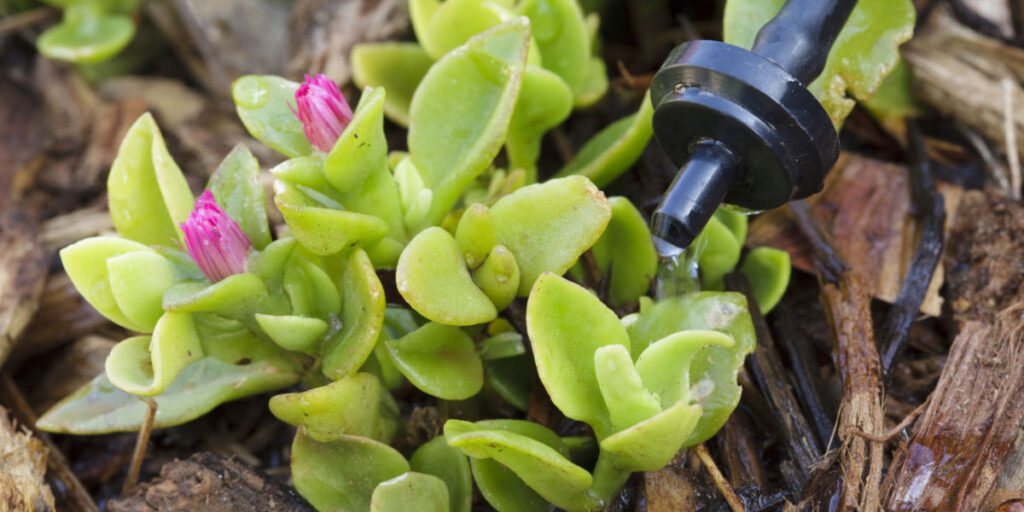
The latest Smart irrigation technology is designed to save water, keep your plants healthy and add a level of convenience and sustainability to your system. The various components that make up smart irrigation tech generally fall into the categories of smart controllers, high efficiency sprinkler heads, drip systems and the apps that control them. Depending on your water use, upgrading to a smart system can pay for itself in water savings, less plant loss and more convenience.
With so many advances in smart irrigation technology, you can install systems that use advanced sensors, Wi-Fi and app-based capability to automatically adjust watering schedules, communicate problems and save water. Here are some irrigation technologies worth considering on your next upgrade:
 Weather-adaptive smart controllers.
Weather-adaptive smart controllers.
Retrofitting your existing irrigation system with a new weather-sensing smart controller can make an immediate difference in the way your landscape uses water. These can be programmed for specific plant and soil types so that plants get optimal water and reduce runoff. You’ll give your plants exactly the water they need when they need it – protecting and enhancing your landscape investment. Smart controllers can also detect leaks, shut systems down during freezing temperatures and support remote monitoring.

High-efficiency sprinkler heads
The latest advances in sprinkler heads involve cutting down on misting and controlling the flow of water for better absorption. Multi-stream high efficiency heads, rotary heads and pressure regulated heads help eliminate water waste through evaporation by creating spray patterns with very little misting. Less water is then lost through wind or evaporation. Multi-stream rotating heads allow the plants and soil to absorb water at a rate that helps eliminate wasted runoff.

Drip systems
Water-saving drip systems deliver a metered drop of water from carefully positioned emitters directly to plant root zones. This technique can be integrated into most irrigation systems as one or more zones that water exactly where, when and how much a plant needs with no runoff or evaporation loss.
Sensor-based controller
These controllers utilize soil moisture sensors placed beneath the ground to determine the optimal watering schedule based on the specific water needs of your landscape. This means that you can save water and money by avoiding overwatering and only watering when necessary. Sensor-based controllers, provide the right amount of water at the right time, resulting in healthier plants and a more beautiful outdoor space.
Rain/freeze sensors
Rain and freeze sensors work to prevent irrigation system from running during rainy or freezing conditions. Rain sensors are particularly useful in preventing overwatering during rainy weather. Meanwhile, freeze sensors help to prevent damage to plants by stopping irrigation when temperatures approach freezing. By incorporating these sensors into your irrigation system, you can reduce water usage, extend the life of your irrigation system, and protect your landscape investment.
Consult a professional
If you are considering upgrading your system, or installing a new system, be sure you use a reputable, licensed irrigation technician who will design your system for maximum water efficiency and install only high quality and warrantied equipment. Make the most of your investment and hire a certified irrigation professional. Contact the irrigation specialists at Terry’s Landscape today to learn more about efficient irrigation practices or to request an evaluation of your existing system.

